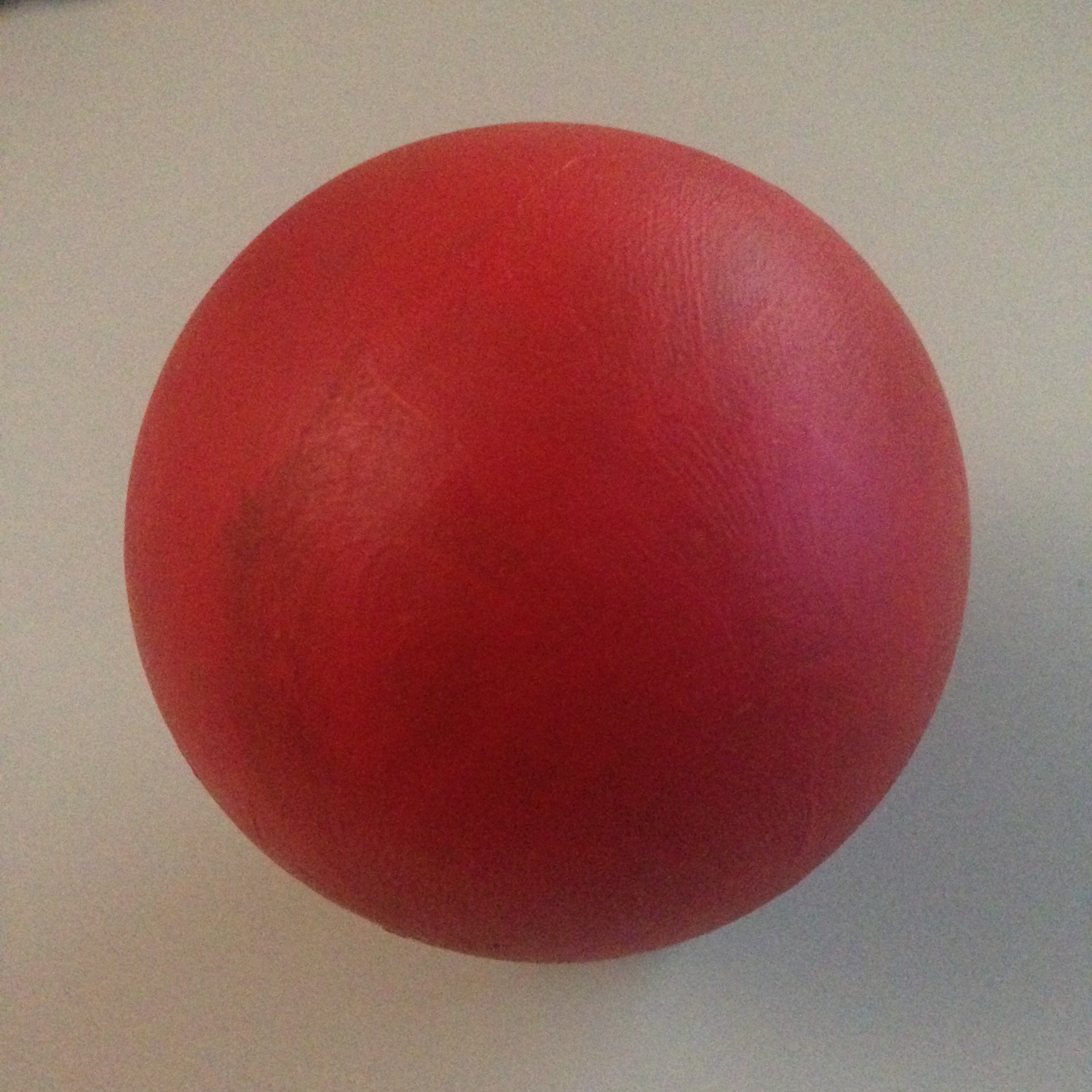Website Launch
It's exciting that The Failure Store is finally happening. The goal is to make the site both a repository for documentation of my various art endeavors, and an online store for my own art and the art of my friends.
At the launch, it is 97% my own art, but the store will expand soon. The name came from from a product David Ryan, a frequent collaborator, and I conceived. We wanted to make differenty-colored racquetballs. For the simple fun, and for the challenge of actually playing with them. We figured Shark Tank or Big 5 weren't going to be fighting for our business. Who would? Well, The Failure Store, if it existed. I registered the domain five minutes later.
The store sells artworks, prints, fun things. But it will also be a place to buy beige racquetballs, LEAD paint (the Leader in Artists Paints), and other would-be homeless products.
The biggest of credit and thanks goes to James Hough, another frequent collaborator. He designed the rough draft of this site, and much of what you see here is due to his work.
Any ideas? Hit me up via Contact.
Interpolation
One of my dreams for the future is that computer scientists push interpolation capabilities to its maximum capability: creating a large resolution image from a low-res file that matches an original (theoretical) hi-res image.
With physical artworks there is no substitute (generally) for physically visiting the artwork. But it is impossible to see every worthwhile artwork, and the digital spaces do a great job getting work seen that would otherwise disappear from quick exhibitions or unvisited studios.
My hatred for the time it takes to properly document work has led to entire bodies of work going to the bins without bothering to document them. Yes, my laziness longs for a day when a quick snapshot will suffice and interpolation will return an almost-perfect reproduction of the work.
I don't see every canvas thread when viewing masterpieces in the Louvre. We shouldn't require that level of precision to say that a digital reproduction of an object isn't good enough. When interpolation allows us to create accurate, dense images that look as good as a catalog reproduction, life will be easier for artists.
This desire that stems from my least favorite part of making art touches on more important issues that the digital world is forcing us to confront more than ever and with new ideas. What is a reproduction in relation to what it reproduces? Is a repro intrinsically lesser? What do repros of digital works do to the original's value and standing? I look forward to using this platform to work out my thoughts.
(This is a vaguely disguised way to apologize for some of the cruddy snapshots that pass for documentation on this site. But I don't see my bad habit changing till I can afford a camera from post-2007.
Sean Slattery & David Ryan
2015
Racquetball
acrylic paint on racquetball
Size: the almost exact size of an unpainted racquetball

